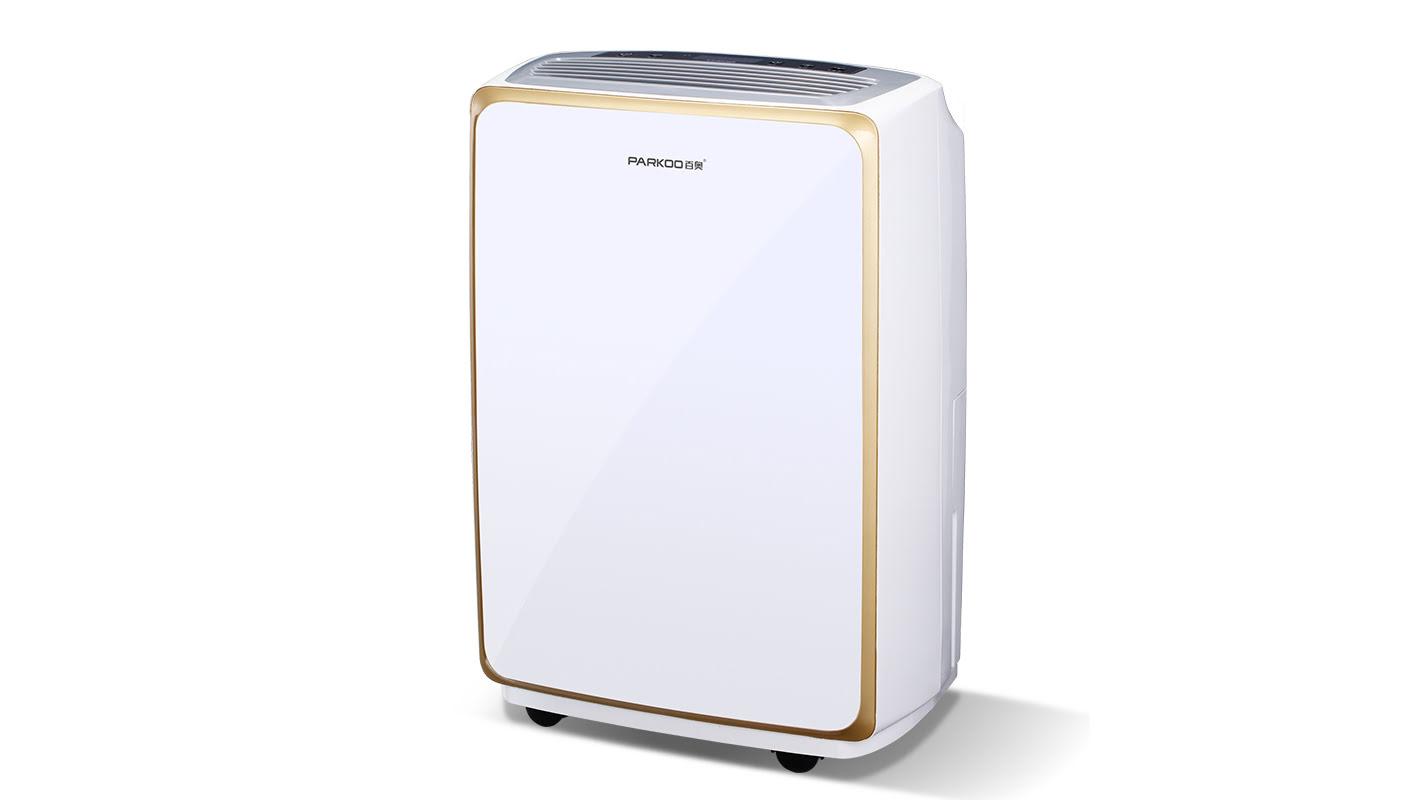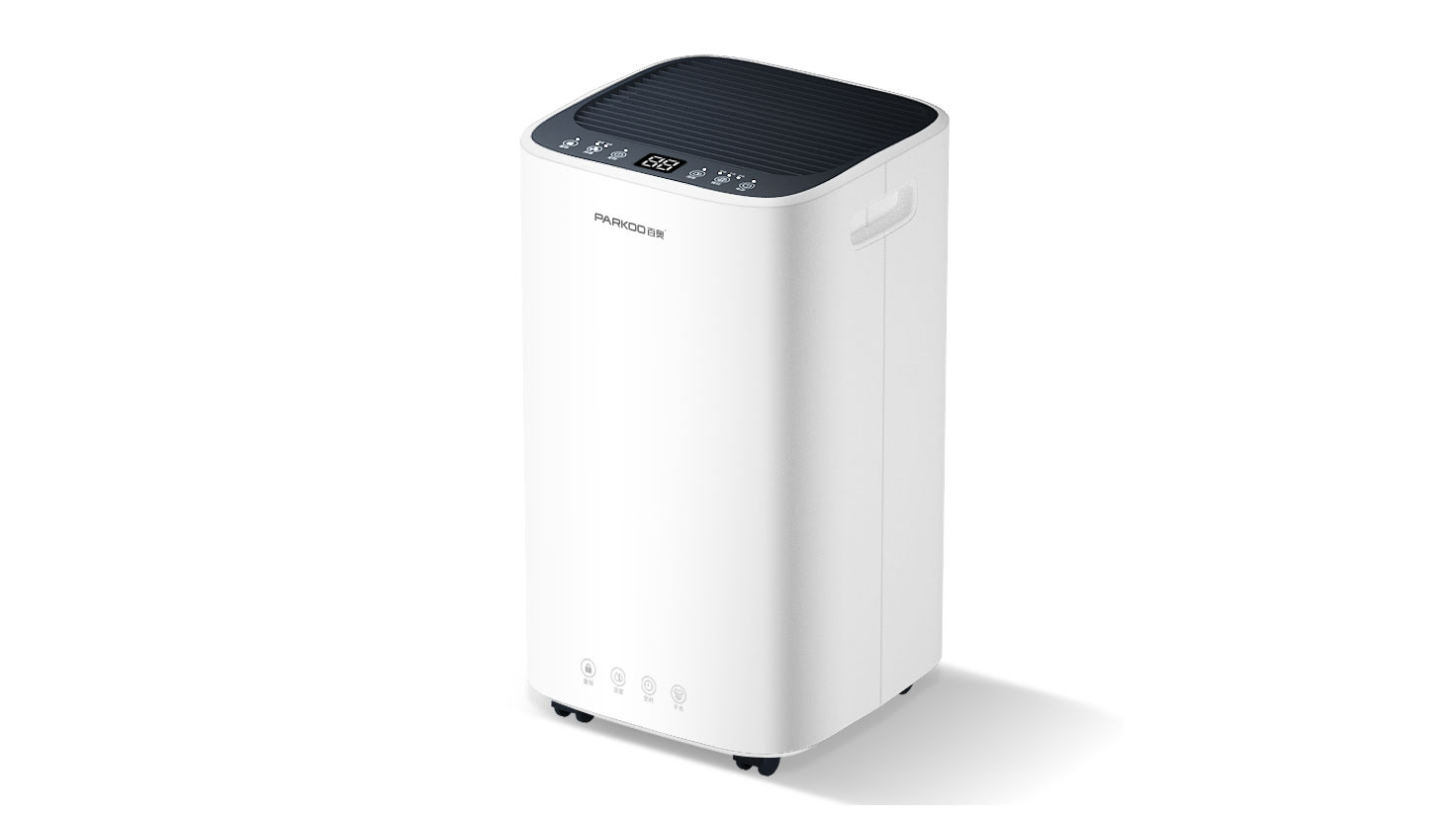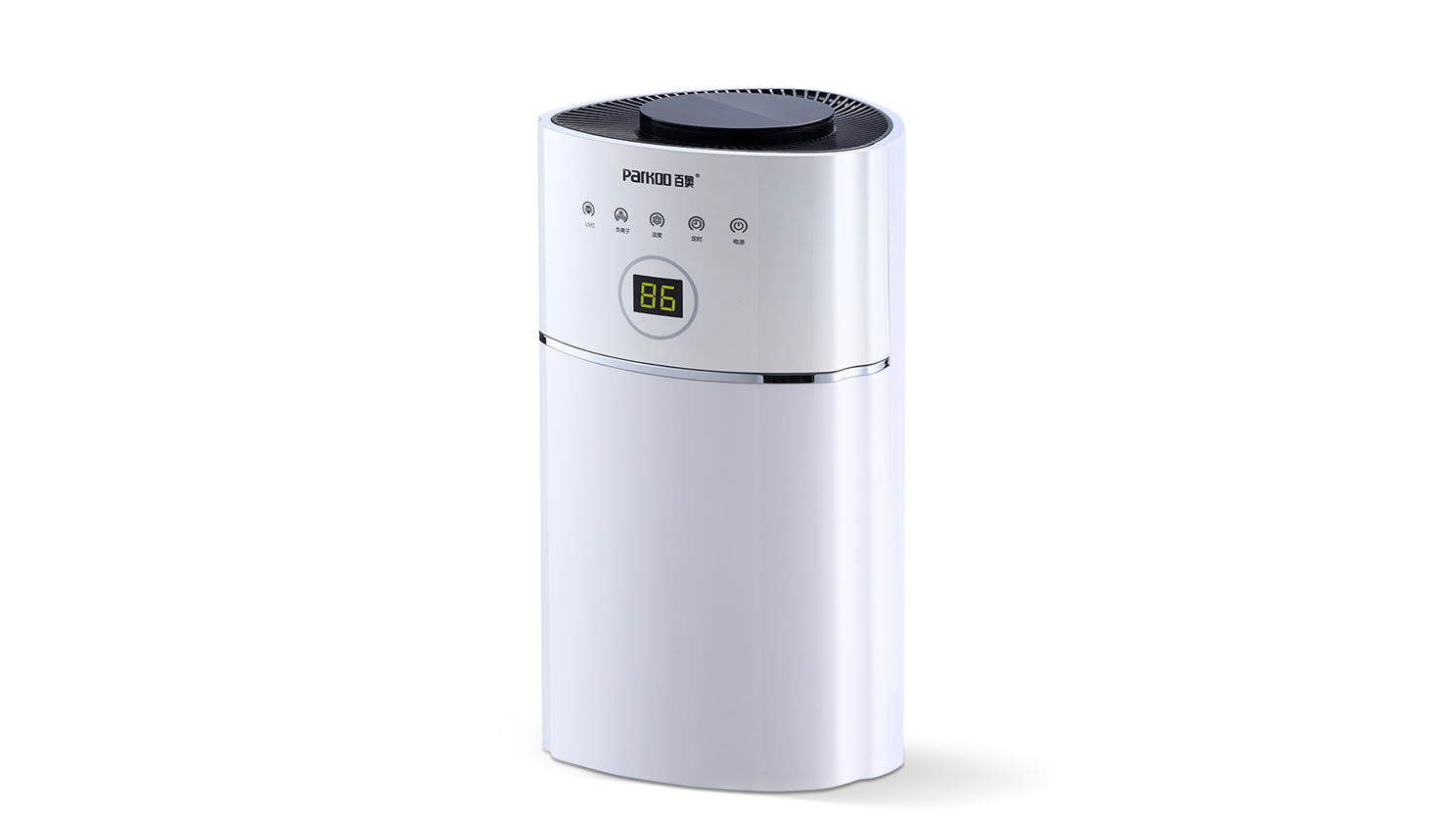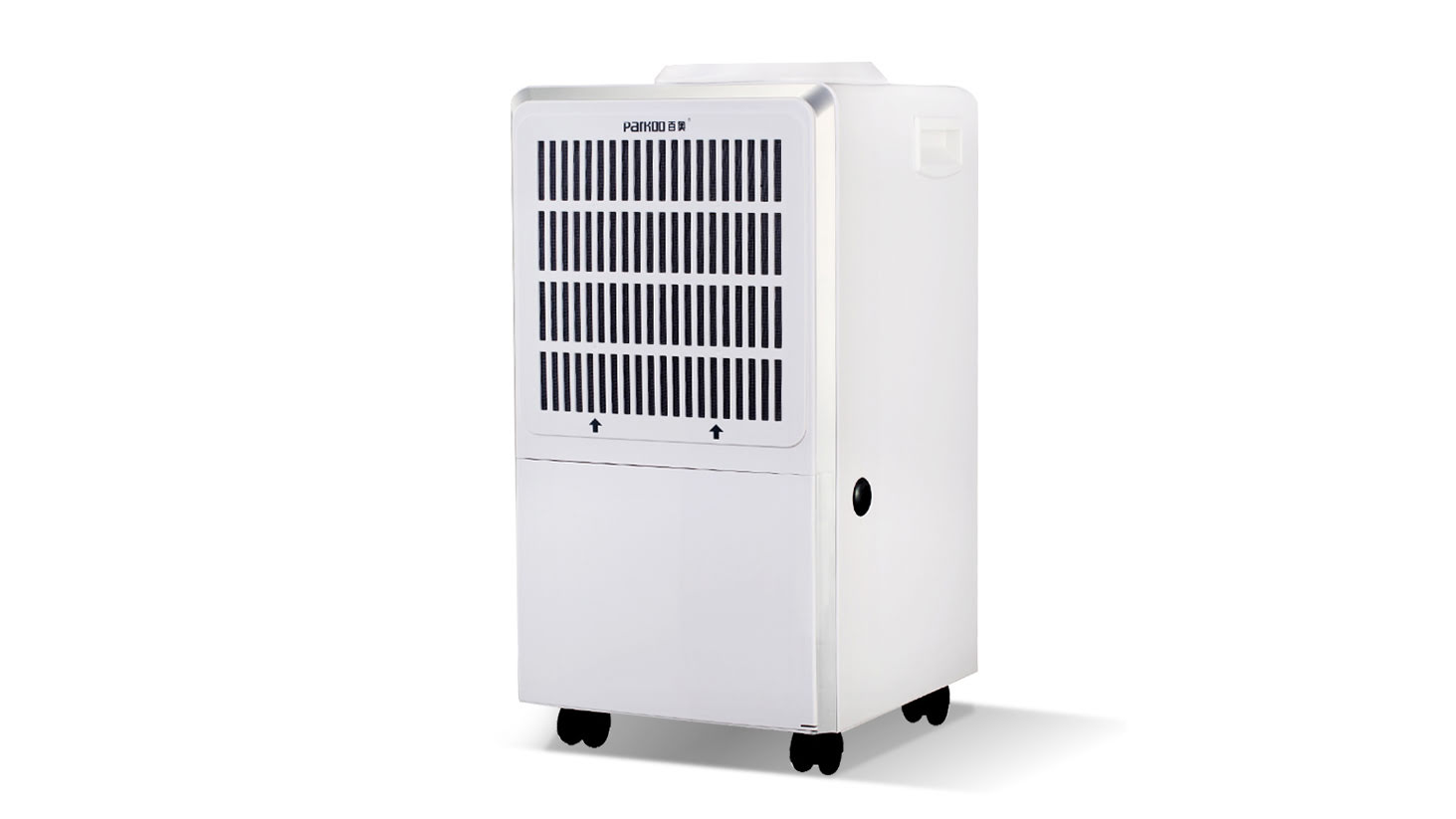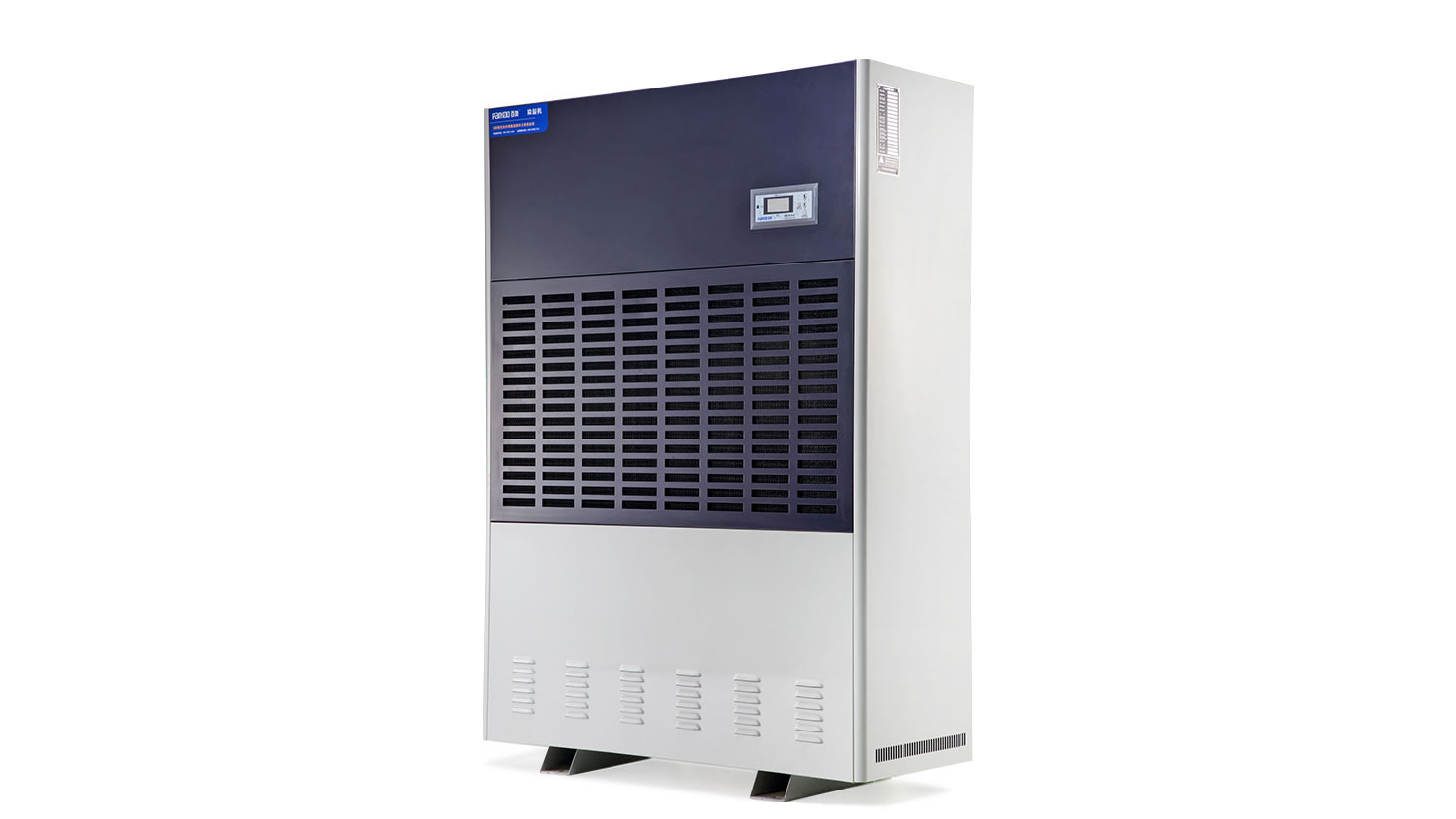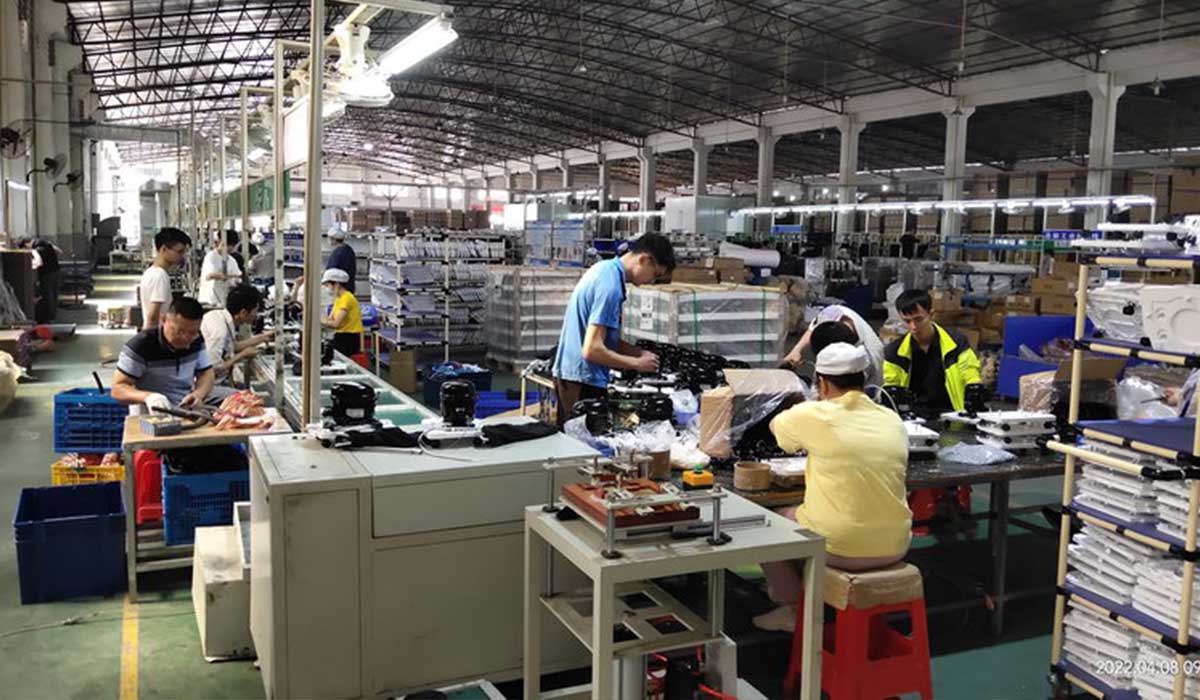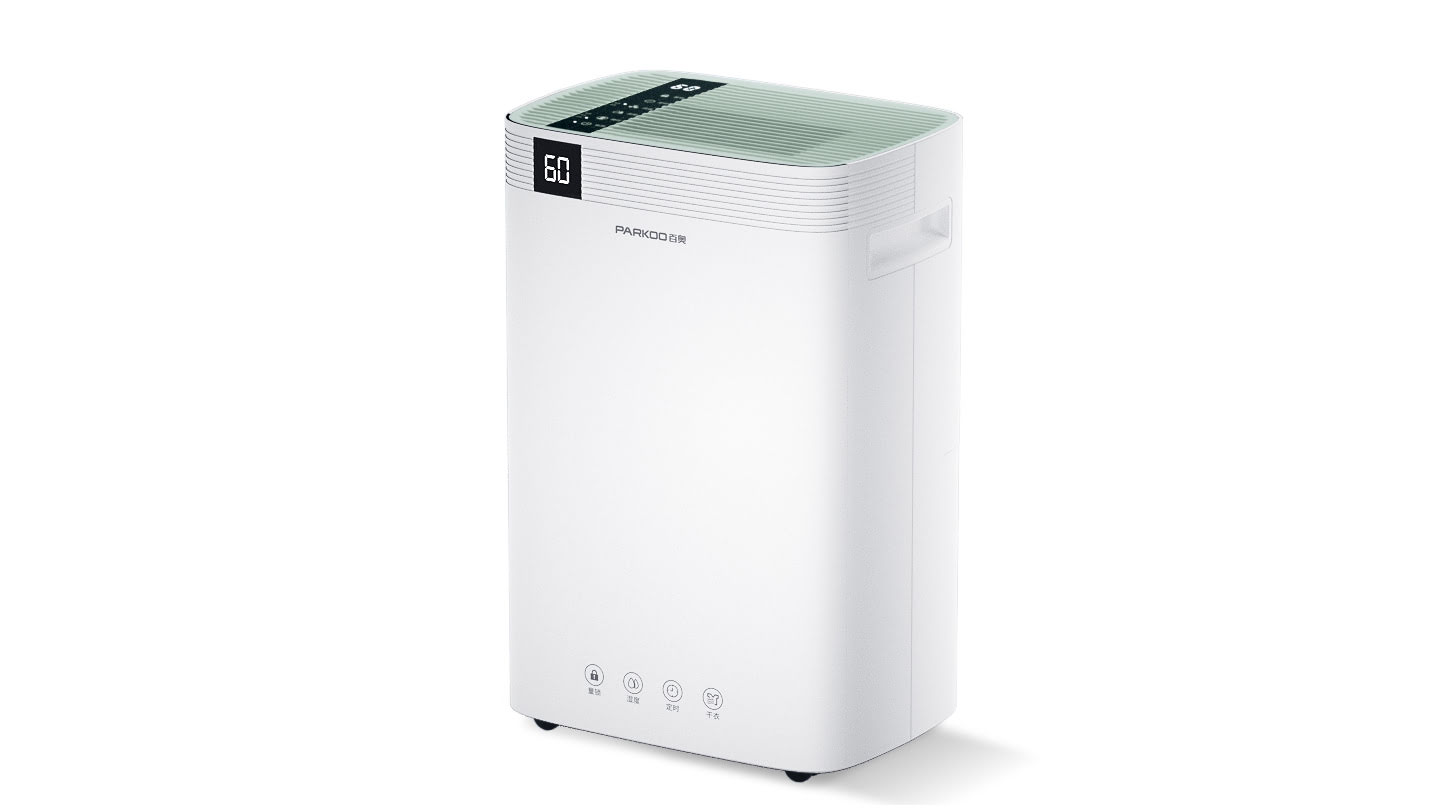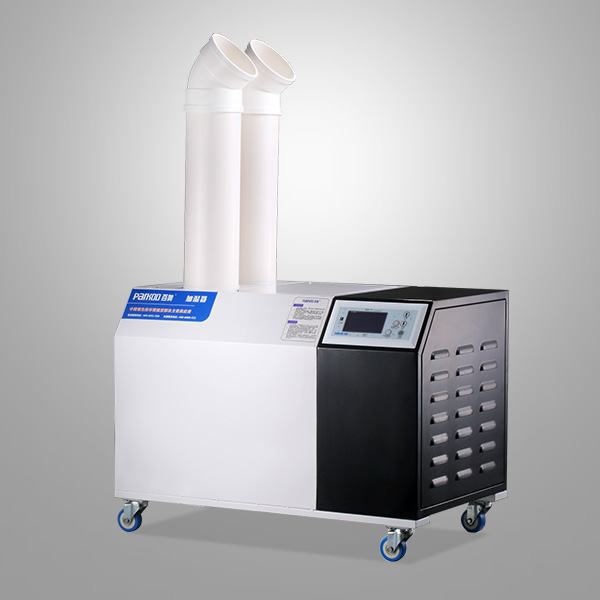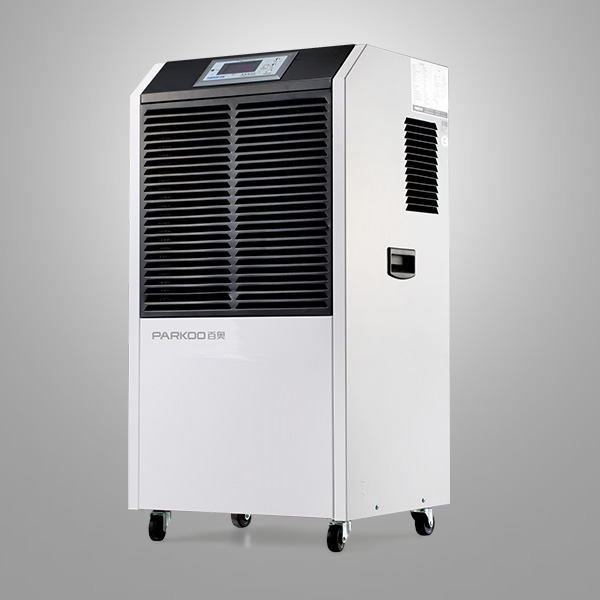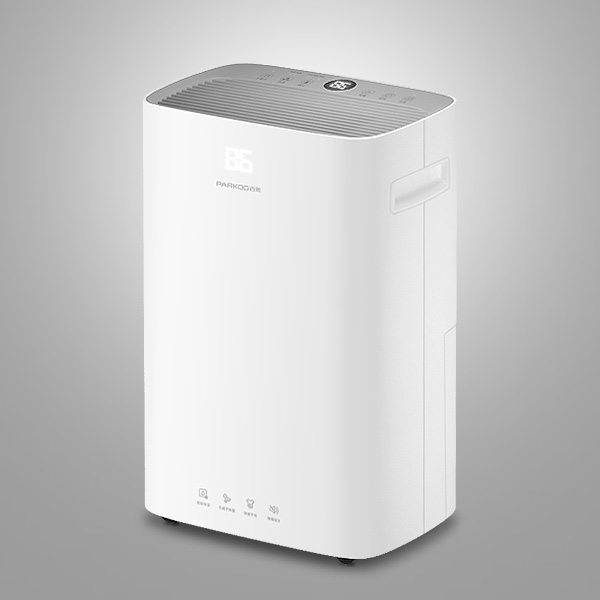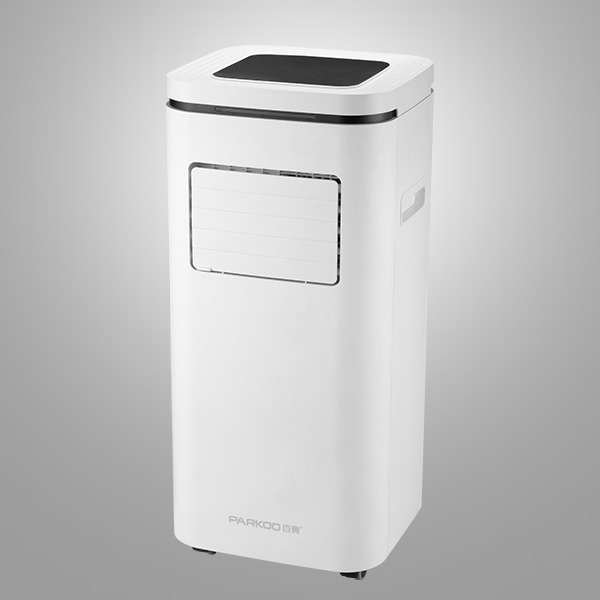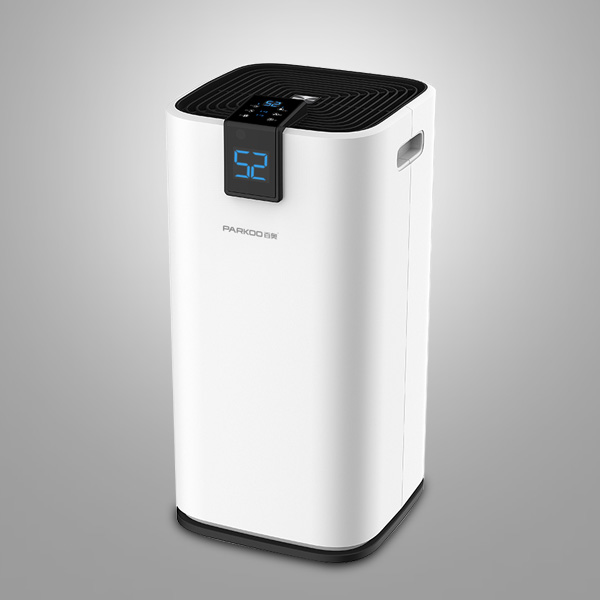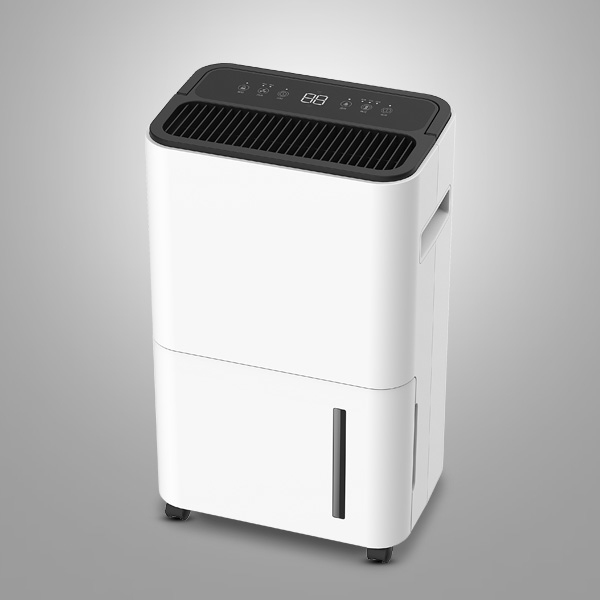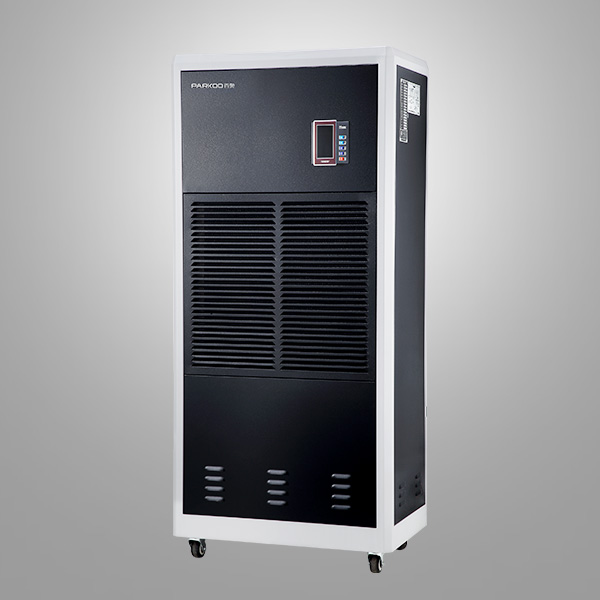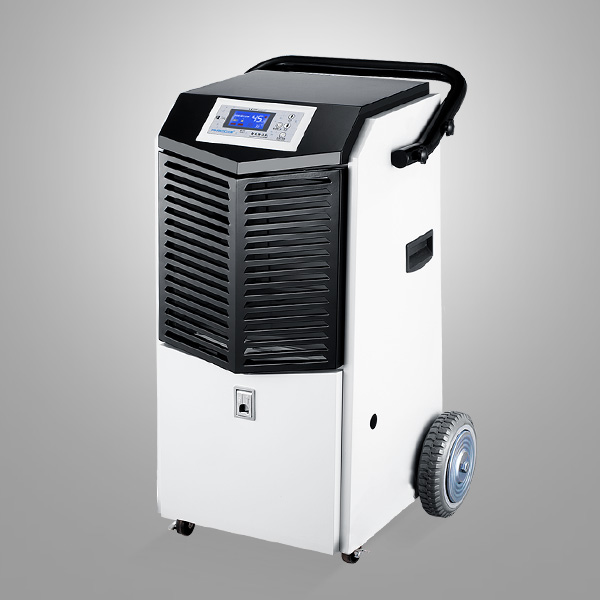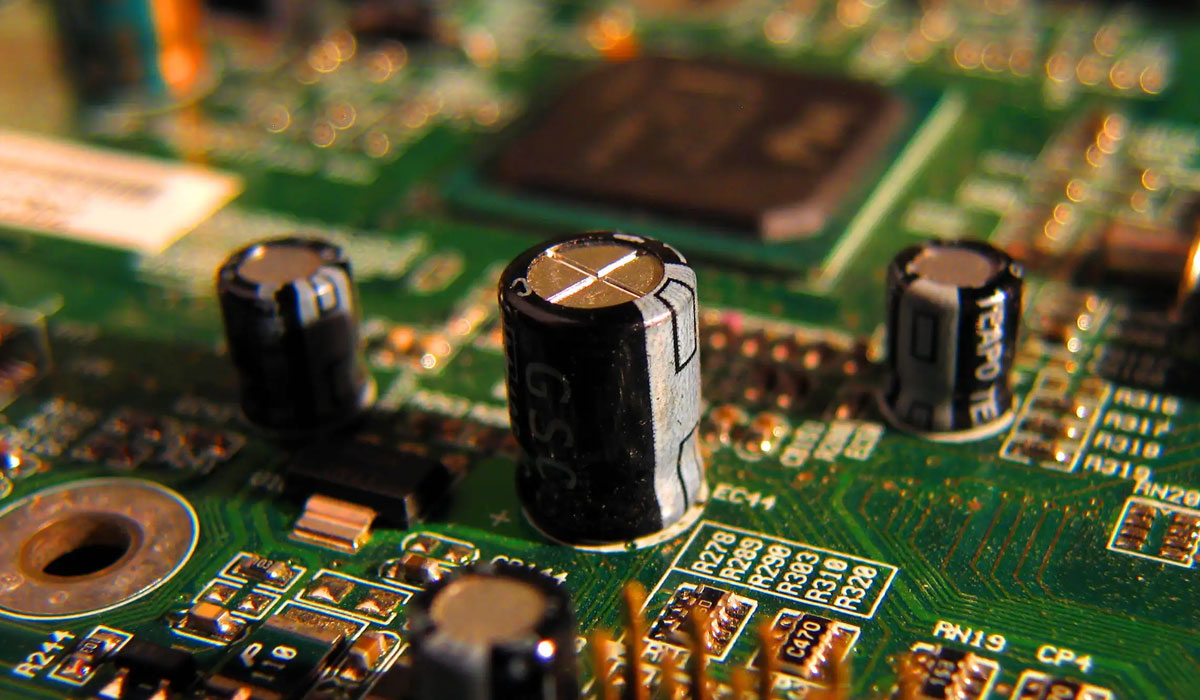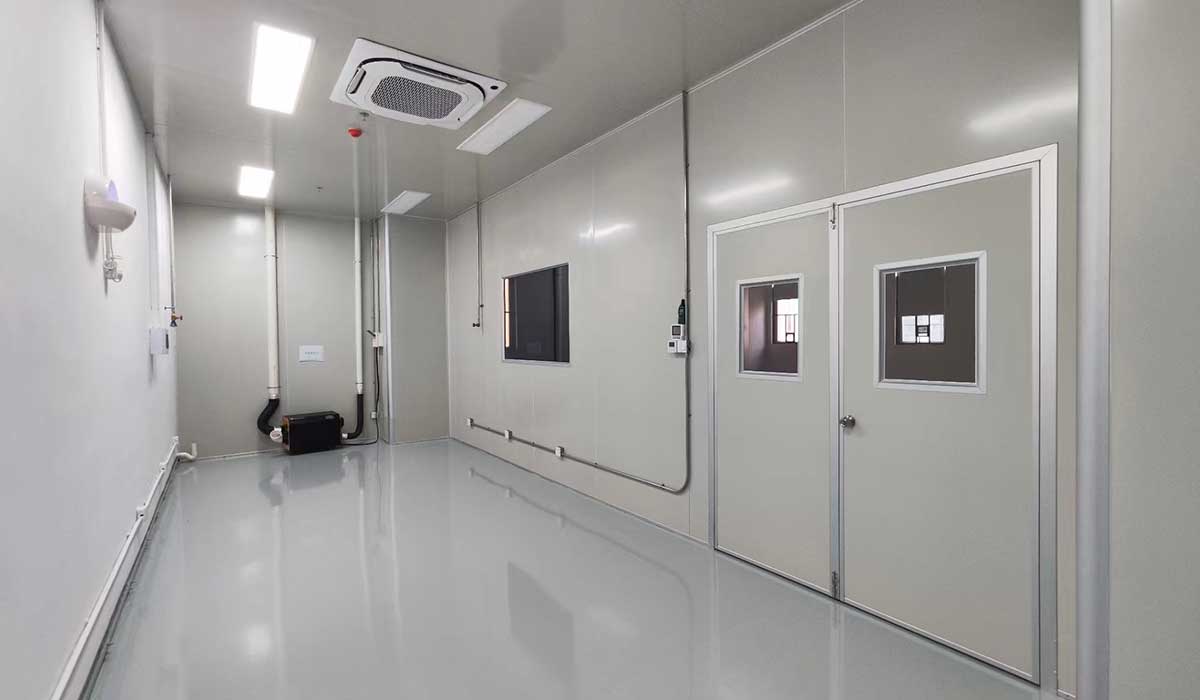What is a basement dehumidifier? The answer to this question is not as interesting or exciting as you might think. A basement dehumidifier is just a regular freestanding portable dehumidifier, but it is equipped with certain features and functions that enable it to operate more effectively in the basement. This is not to say that a basement dehumidifier can only work effectively in the basement. It can work above ground because it works underground. However, the opposite of this statement is not true. Many dehumidifiers that work above ground are not equipped enough to be able to handle environmental variables unique to basements, most notably colder temperatures. We want to show you which dehumidifiers work best in this environment, and we'll continue with our guide below.
As we mentioned in our introduction, a basement dehumidifier should have certain features and functions to optimize its use in the basement. Features to look for in a basement dehumidifier include:
Defrost Mode - Your basement is colder than any other part of your home. Therefore, the dehumidifier you purchase for your basement needs to be able to operate effectively in colder temperatures. The feature that facilitates a dehumidifier to run more efficiently in colder temperatures is the defrost mode. At temperatures as high as 65°F, the evaporator coil of a compressor-based dehumidifier may begin to frost. Of course, frost buildup is detrimental to the efficiency of a dehumidifier. A dehumidifier equipped with a defrost feature will continuously monitor for frost buildup and intermittently shut down the dehumidifier's compressor as needed. When the dehumidifier's compressor is turned off, the dehumidifier's evaporator coil is no longer cooled, which permits frost to melt.
Operating Temperature Range - If your basement sees extreme temperatures (well above or well below 70°F), you will certainly want to check the operating temperature range specified by the manufacturer for the dehumidifier you purchased. Most dehumidifiers have a manufacturer-specified operating temperature range that can be easily referenced by reading their manuals. We also provide this information in most dehumidifier reviews. Please note that some units have a smaller range than others. If you're looking for a dehumidifier for your basement, you'll definitely want to look for a unit that has at least an average (if not above average) operating temperature range.
Drainage - This feature goes hand in hand with the next feature we're going to look at, tank size. The smaller the dehumidifier tank you purchase for your basement, the more likely you are to use gravity or a pump to drain the water. Conversely, the larger the dehumidifier tank, the less likely you are to not need to use gravity or a pump to drain the water. For now, let's just focus on the two types of drainage your new dehumidifier may be equipped with and the proper application and use of each. Note that both types of drainage systems allow you to continuously empty your dehumidifier without having to monitor its operation, which makes this feature a key feature to look for in a basement dehumidifier. This is, of course, assuming that you are draining into a sink or floor drain and not into a bucket (if you are draining into a bucket, you must monitor the amount of condensation in the bucket and empty it accordingly, essentially nullifying the benefits of using either type of drain).
Gravity Drain - Almost all dehumidifiers are equipped with this drain feature. Gravity drainage simply involves attaching a hose (usually a regular garden hose not supplied by the manufacturer) to the drain port on the back or side of the dehumidifier in order to drain the condensate (moisture removed from the air) it collects. Gravity. Your basement may have a floor drain - you can run a standard garden hose from the back/side of the dehumidifier to the floor drain in your basement for continuous drainage using gravity alone.
Some additional considerations about this type of drainage - for example, consider the location of the dehumidifier drain. Whether it's on the side or the back of the dehumidifier may affect whether you can run the drain hose - depending on the length of the hose - all the way to the drain.
Second, note that because there is no pump involved in this type of drain, the collected condensate must flow primarily downward, since gravity is the only force pushing it forward. This means that the drain line must be located lower than where the dehumidifier drain is located (usually about halfway down the length of the dehumidifier). A floor drain can work well because even if the dehumidifier is located on the floor, the drain on the dehumidifier should still be above the floor drain, assuming the drain is at floor level. Note, however, that with a gravity drain alone, you will not be able to discharge the dehumidifier into a sink or any other type of drain located above it.
In this type of drain system, gravity is the only factor driving condensation, which also means you must be aware of the horizontal distance between the dehumidifier drain and the drain hose. Running the drain hose parallel to the floor for too long a distance may prevent proper drainage at extreme lengths.
Pump Drain - Unlike gravity drain, pump drain allows you to discharge the dehumidifier (continuously) above or away from it. A dehumidifier located on the floor can be continuously drained to a sink or floor drain away from it (farther than gravity drainage allows) by using this type of drainage.
To drain using a pump, you have to choose - you can either purchase a dehumidifier with a pump already built into the dehumidifier, or for those dehumidifiers not equipped with a built-in pump, you can purchase a condensate pump and flush it separately. How you set up the pump drain system on your dehumidifier will vary depending on the option you choose. For dehumidifiers with built-in pumps, you simply connect the supplied pump drain hose (included with built-in pump dehumidifiers) to a dehumidifier drain port that is specifically designed for pump drainage (in other words, a drain port that is not designated for gravity drainage). To activate the pump drain on most built-in pump dehumidifiers, simply press the "Pump" button on the dehumidifier control panel.
On dehumidifiers that are not equipped with a built-in pump, pump drainage is still entirely possible. All you have to do is purchase a condensate pump and flush it separately. The external condensate pump works in exactly the same way as the internal pump of the built-in pump unit. The hose works exactly the same way as the hose on the built-in pump unit, with some additional benefits (which we'll discuss later).
Some additional considerations about this type of drainage - First, dehumidifiers with built-in pumps will limit the distance that the pump can push condensate towards the dehumidifier. This limit is usually further enforced by the length of the included pump drain hose (which comes with the dehumidifier at the time of purchase).
